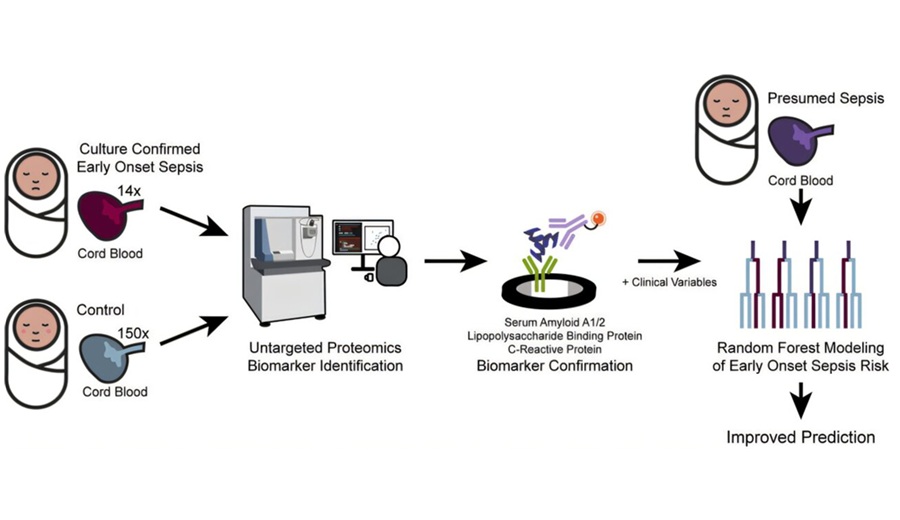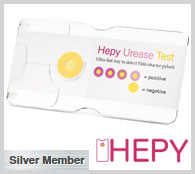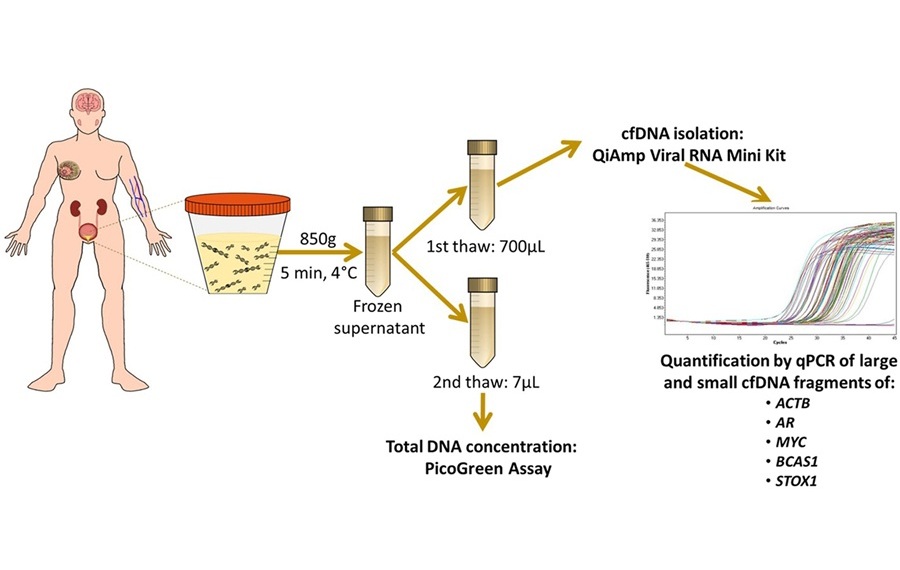Umbilical Cord Blood Test Can Detect Early Sepsis in Preterm Infants
Posted on 23 Jun 2025
Diagnosing early onset sepsis (EOS) in preterm infants is particularly difficult due to the lack of specific clinical signs, leading to widespread use of antibiotics while awaiting culture results. Despite negative cultures, approximately 25% of very low birth weight newborns are continued on antibiotics under the presumption of infection. Now, researchers have identified specific proteins in umbilical cord blood that can signal systemic inflammation triggered by infection, offering a new, objective, and noninvasive method to diagnose EOS more accurately and reduce unnecessary antibiotic use.
The solution was developed by scientists from Ann & Robert H. Lurie Children's Hospital of Chicago (Chicago, IL, USA) who published their findings in JCI Insight. Their research focused on preterm newborns and aimed to identify reliable markers of EOS by examining umbilical cord blood collected at birth—a sample that provides a snapshot of the baby’s immune status at delivery. The method hinges on detecting specific proteins in the cord blood that reflect an acute immune response to infection. These biomarkers act as indicators of systemic inflammation, a key feature of EOS. In addition to identifying these proteins, the researchers also developed a machine learning-based diagnostic algorithm that integrates both biomarker data and known clinical risk factors to predict EOS with greater accuracy.

The study revealed that cord blood biomarker results can be processed and made available within 24 hours, allowing physicians to make more informed decisions early on. This timely information helps rule out sepsis confidently and discontinue antibiotics where unnecessary. Given that nearly 78% of very low birth weight infants currently receive antibiotics at birth, the new tool could significantly reduce unwarranted treatment and its associated risks. In practice, the approach offers several advantages. It provides an objective diagnostic aid in a condition often diagnosed based on suspicion alone, reduces prolonged antibiotic exposure, and ultimately lowers the risk of microbiome disruption, immune dysregulation, and other long-term health effects. By facilitating quicker and more precise diagnosis, the cord blood biomarker test and its associated algorithm may improve care standards for some of the most vulnerable newborns.




 assay.jpg)









